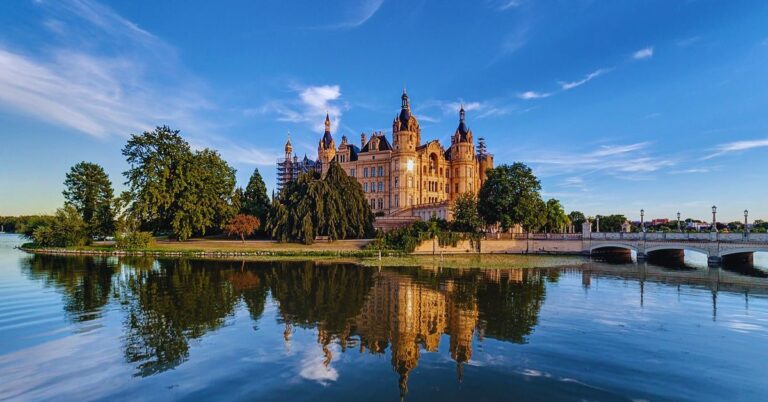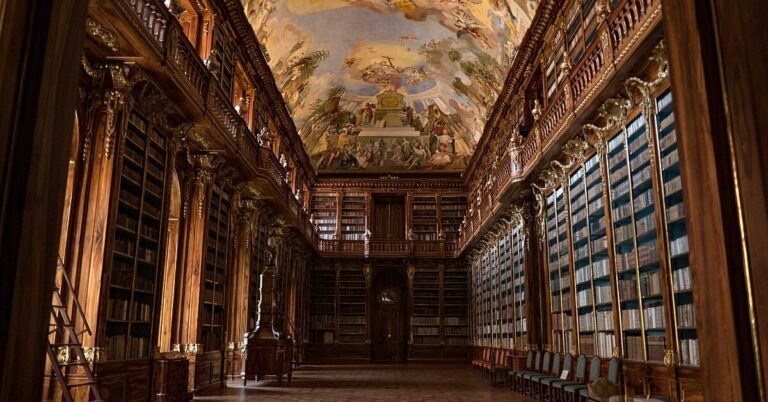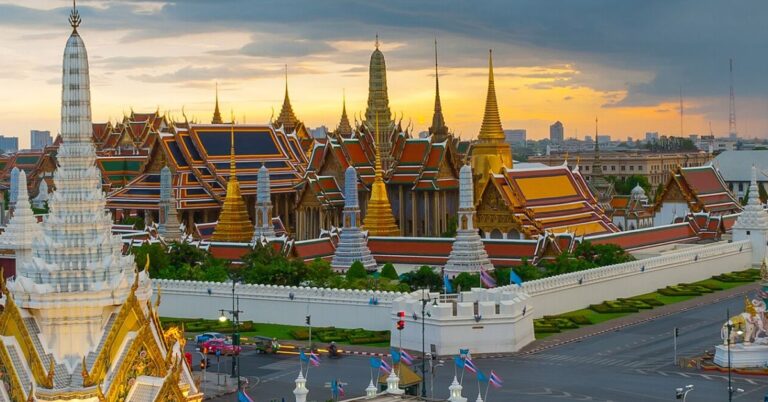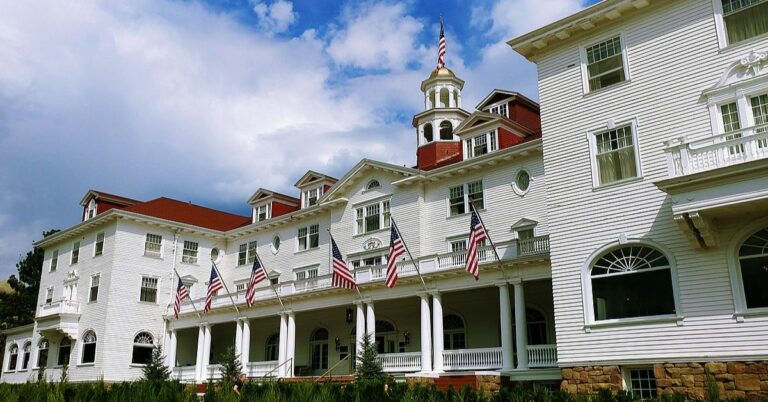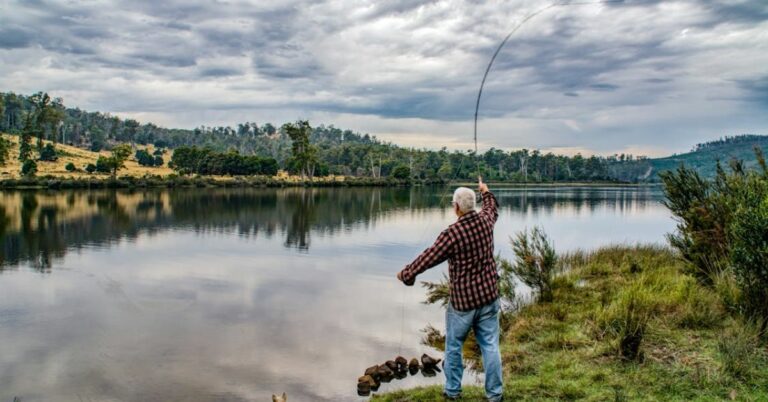25 Monumental American Attractions You Can’t Miss
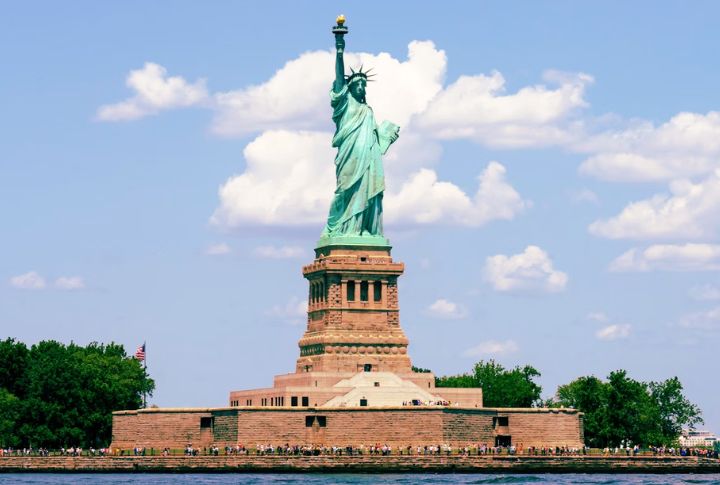
America has a flair for the dramatic—louder and grander. Ordinary rarely makes the cut when there’s room to think bigger. Land and sky become canvas, and the results speak for themselves. Some attractions don’t just stand out—they stand alone. Here come 25 that truly made their mark.
Mount Rushmore, Keystone, South Dakota

Four massive faces stare out from the Black Hills, each 60 feet tall and carved from granite. George Washington’s nose alone is 21 feet long. Originally planned to show the presidents to their waists, the sculpture ran out of funding in 1941, so the heads stayed as is.
World’s Largest Baseball Bat, Louisville, Kentucky
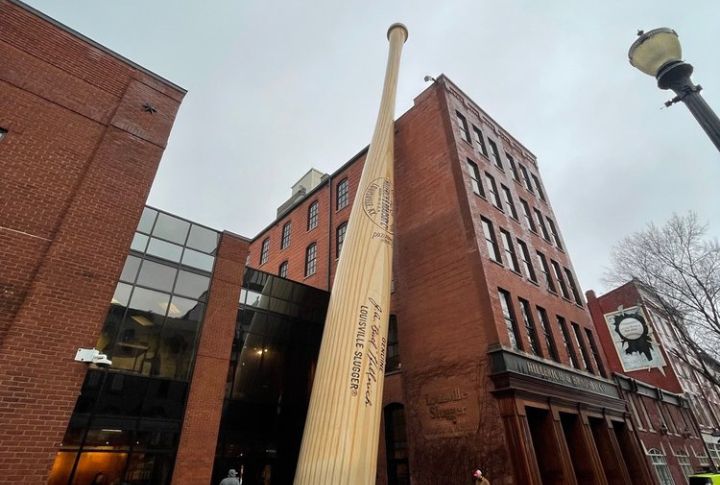
This 120-foot slugger leans proudly outside the Louisville Slugger Museum. Modeled after Babe Ruth’s bat and weighing 68,000 pounds, it’s made of steel, not ash. Inside the museum, guests can hold game-used bats, tour the factory, and even get a mini version of the bat to take home.
Statue Of Liberty, New York City, New York
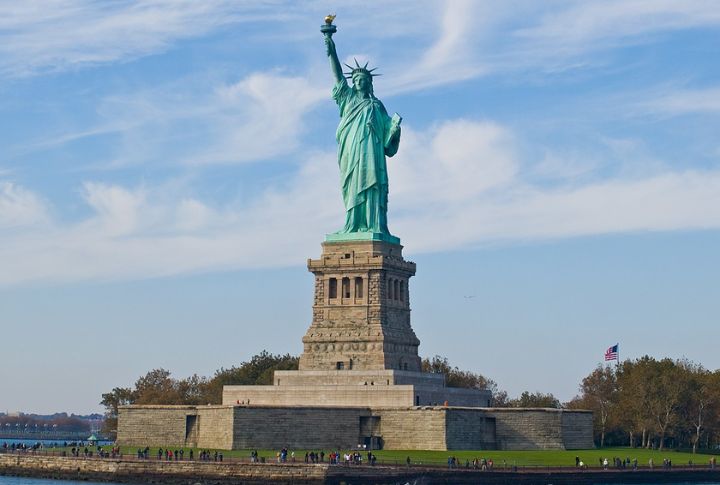
Lady Liberty holds a 24K gold-covered torch in one hand and a broken chain at her feet. Her seven-pointed crown represents seven continents. At 305 feet tall, she was the tallest structure in NYC until 1890. Gustave Eiffel, of tower fame, designed her iron skeleton.
Great Stalacpipe Organ, Luray, Virginia

Forget keys and strings—this organ plays cave formations. Inside Luray Caverns, an electrical system taps rubber mallets against stalactites, creating eerie, haunting notes across 3.5 acres. Known as the world’s largest natural musical instrument, it turns geology into melody in the most bizarrely beautiful way possible.
World’s Largest Rocking Chair, Casey, Illinois
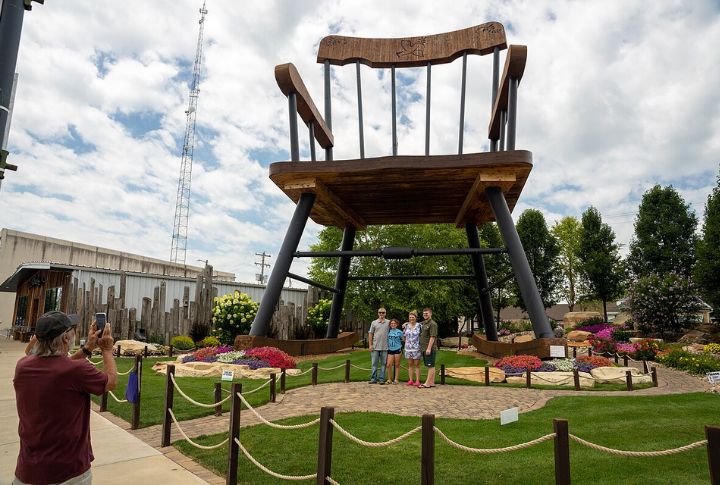
If Paul Bunyan needed a break, this is where he’d sit. The record-setting rocker, measuring 56.1 feet tall, was certified by Guinness in 2015. Built from steel and wood, it had to rock—yes, actually move—to qualify. It’s just one of many oversized oddities sprinkled across this tiny town.
King Ranch, Southern Texas

This ranch is so massive that it covers more ground than New York City. Founded in 1853, it sprawls over 825,000 acres. It birthed the Santa Gertrudis breed of cattle and helped define cowboy culture. Today, it supports oil, farming, and ranching and still runs like a self-contained world.
Mall Of America, Bloomington, Minnesota

With 5.6 million square feet, the Mall of America houses a theme park, aquarium, wedding chapel, and over 500 stores. It’s so big that walking every aisle equals about 7 miles. Fun fact: it has no central heating—shoppers and skylights keep it warm. This mall isn’t just a mall—it’s a shopping ecosystem.
Biltmore Estate, Asheville, North Carolina
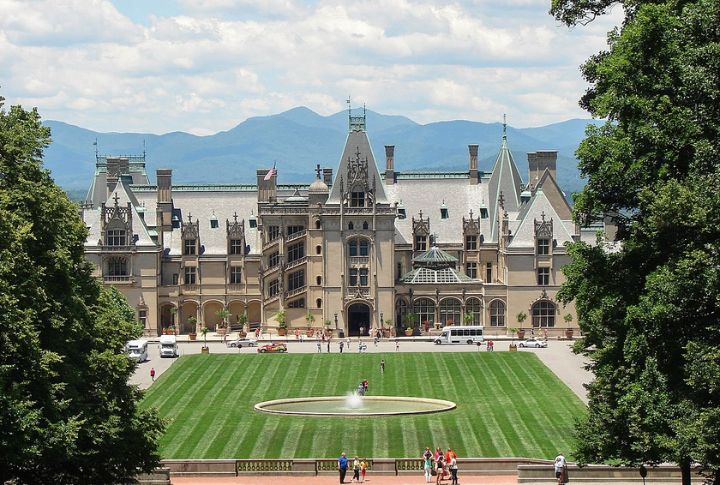
Built as a “little mountain escape,” this 250-room mansion became the largest privately owned home in the U.S. The indoor pool, bowling alley, and 10,000-book library still wow guests. Completed in 1895, the estate now includes a winery, hotel, and over 8,000 acres of gardens.
Willis Tower, Chicago, Illinois
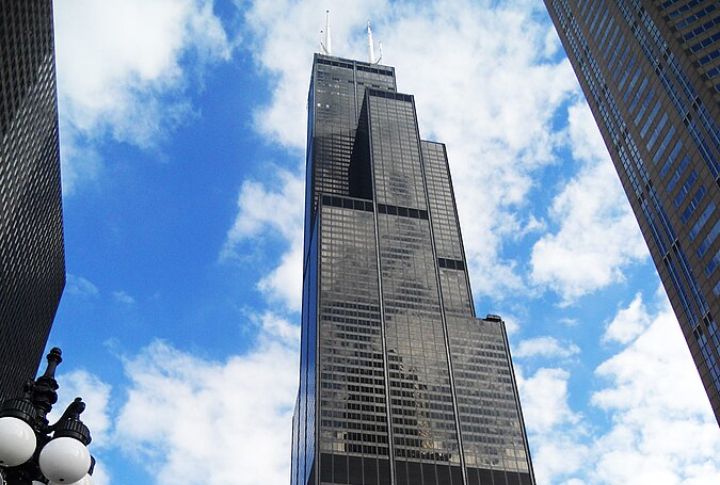
Chicago’s glass giant stands 1,450 feet tall, with 110 stories and an edge-of-your-seat Skydeck. The Ledge—transparent boxes jutting from the building—lets visitors hover 1,353 feet above the street. Initially, Sears Tower reigned as the world’s tallest from 1973 to 1998, symbolizing architectural ambition.
World’s Largest Chest Of Drawers, North Carolina
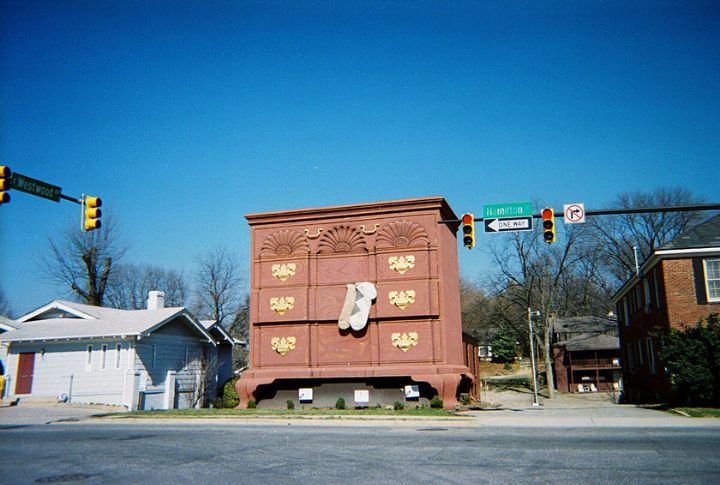
At 36 feet tall, this dresser isn’t for your socks—though two massive socks hang from the drawers. Built in 1926 to celebrate High Point’s furniture industry, it was expanded for extra flair. It’s goofy, giant, and just the kind of American road trip stop we love.
Vehicle Assembly Building, Kennedy Space Center, Florida
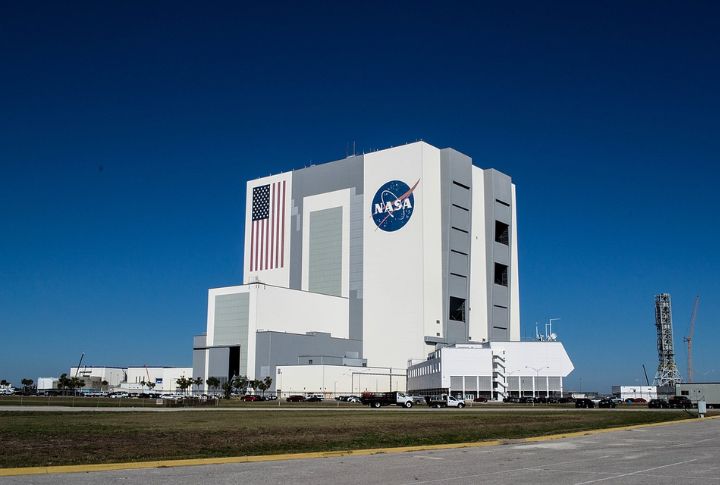
NASA’s massive warehouse once cradled Saturn V rockets before they blasted toward the Moon. At 526 feet tall and 3.5 million cubic meters in volume, it’s still among the largest buildings on Earth. The massive flag painted outside is 209 feet high—with stars the size of 6-foot-tall humans.
Epperson Lagoon, Wesley Chapel, Florida
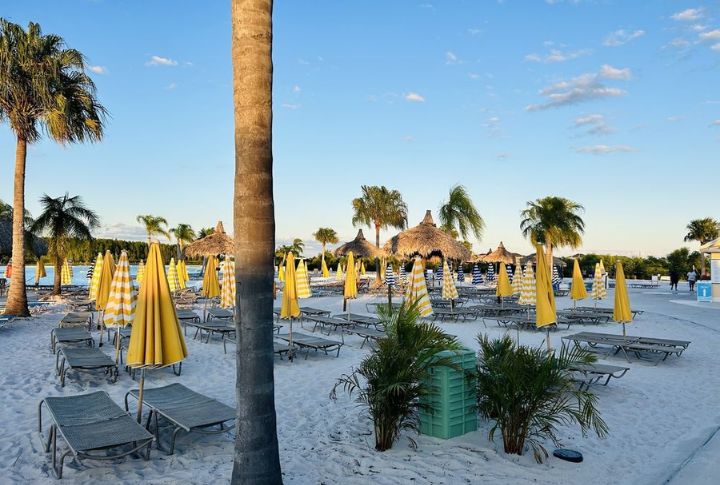
More beach than pool, this 7.5-acre lagoon uses patented technology to keep its turquoise water crystal clear. Paddleboarding, waterslides, and swim-up bars—it’s a beach day without the salt. Recognized as the first crystalline lagoon in the U.S., it remains one of the most notable in the country.
Kalahari Water Park, Round Rock, Texas
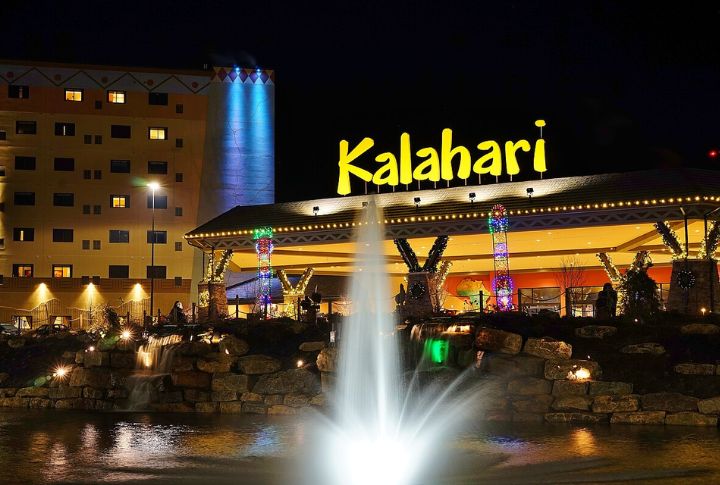
Everything’s bigger in Texas, including indoor water parks. At 223,000 square feet, Kalahari features body slides, a wave simulator, and underwater VR rides. Climate-controlled and open year-round, it lets you splash around without worrying about sunburn—or cold fronts. Just watch out for that surprise bucket dump.
MSG Sphere, Las Vegas, Nevada
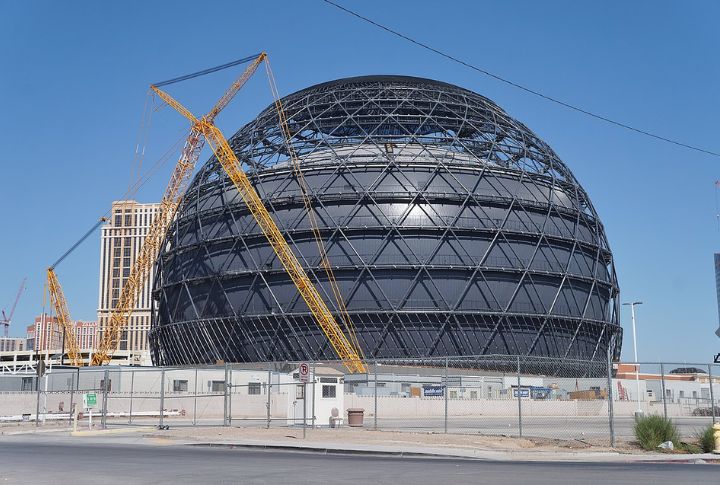
Shaped like a giant eyeball (or planet, depending on the lighting), this 366-foot-tall dome features 580,000 square feet of LED screens. Inside, 18,000 seats wrap around a 16K-resolution interior display. It’s not just a concert venue; it’s a sensory overload machine. The outside alone can mimic fireworks, lava, or smiley faces.
World’s Largest Office Chair, Anniston, Alabama
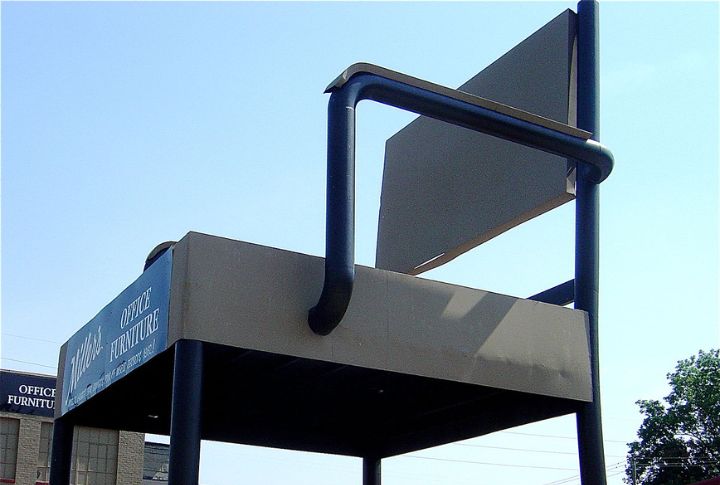
This steel chair, measured at 33 feet 1 inch tall, was built in 1981 by Leonard “Sonny” Miller for Miller’s Office Supply. Made from 10 tons of steel, it started as a promotional piece and became a quirky roadside attraction. Guinness once named it the largest of its kind.
AT&T Stadium, Arlington, Texas
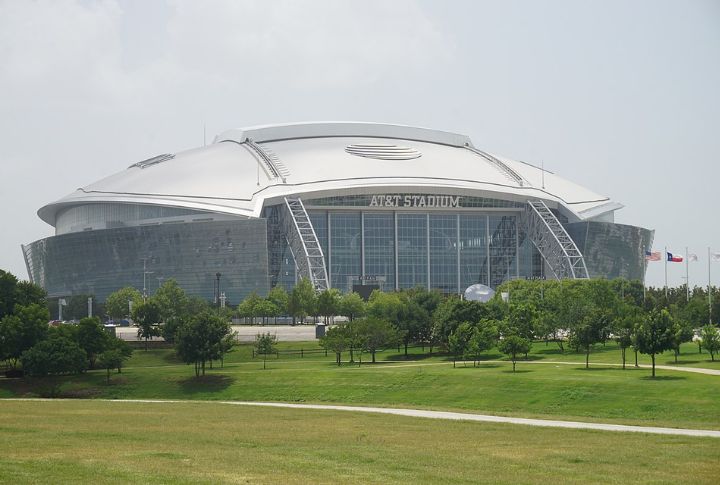
Calling it just a stadium feels like underselling it. With space for 100,000 fans and a 160-foot-wide HD video board, this football fortress hosts concerts, rodeos, and even boxing matches. The retractable roof opens in 12 minutes, letting sunlight—or Texas rain—pour over the Dallas Cowboys’ home turf.
World’s Largest Ball Of Twine, Kansas
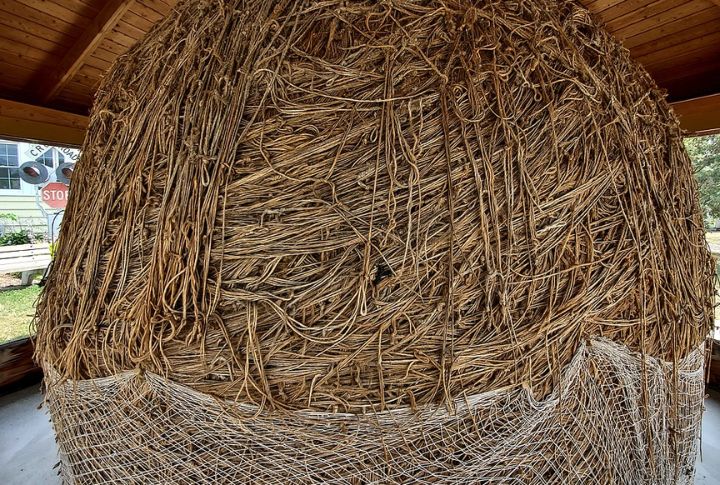
What started in 1953 with Frank Stoeber’s twine obsession has become a community tradition. The ball now measures over 40 feet around and weighs nearly 20,000 pounds. Locals keep it growing with annual “Twine-a-thons,” proudly holding the world’s largest community-rolled ball of twine title.
Gateway Arch, St. Louis, Missouri
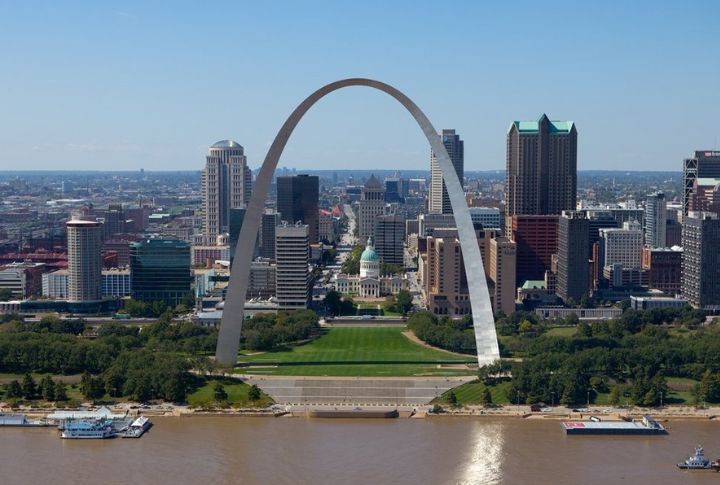
No monument in the U.S. stands taller than this 630-foot stainless steel arch. Created to honor America’s westward expansion, it commemorates pioneers like Lewis and Clark. The winning design was chosen in 1947, and the Arch was completed in 1965. Visitors today can ride a capsule tram to the top.
Hoover Dam, Nevada–Arizona Border
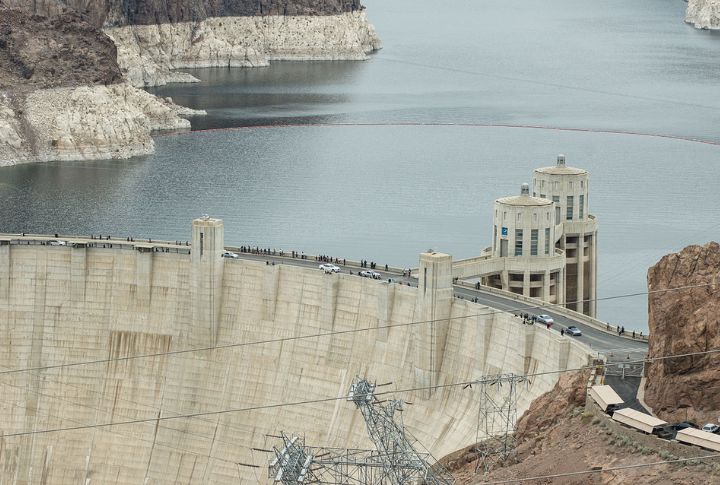
Harnessing the Colorado River required 3.25 million cubic yards of concrete and a workforce of over 5,000. Completed in 1936, it was then the tallest dam in the world. Its 17 turbines generate power for parts of Nevada, Arizona, and California. The dam also formed Lake Mead, once the nation’s largest reservoir.
Golden Gate Bridge, San Francisco, California
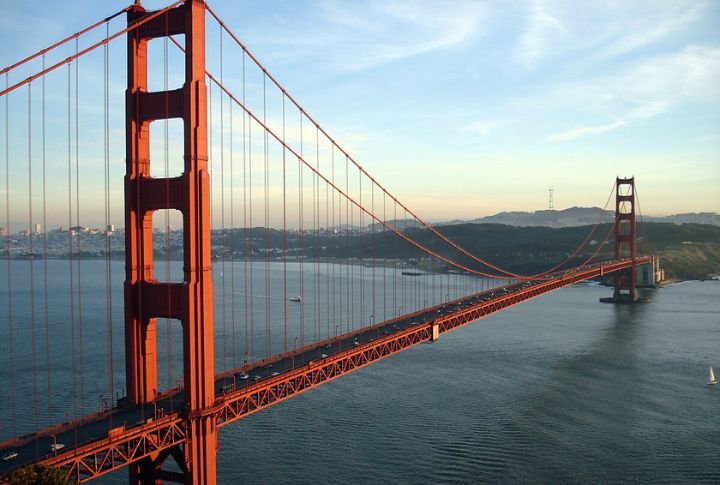
The Golden Gate Bridge, finished in 1937, was initially seen as an impossible project. Its 4,200-foot span set a world record and features International Orange paint for better visibility in fog. The bridge, carrying 112,000 vehicles daily, can sway several feet during high winds, showcasing its engineering strength.
San Jacinto Monument, La Porte, Texas

The monument, 567 feet tall, pays tribute to Texas’ pivotal 1836 battle. Taller than the Washington Monument, it’s topped by a 34-foot star that gleams above the Gulf Coast. Inside, a museum explores Texas’ path to independence through artifacts, exhibits, and the enduring spirit of the Lone Star State.
World’s Largest Thermometer, Baker, California

Rising 134 feet from the Mojave Desert, this towering thermometer pays tribute to the 134°F record set in a nearby valley in 1913. It was crafted in 1991, later faced wind damage and a temporary shutdown, but was proudly restored and relit in 2014—proof that nothing melts a town’s pride.
Fountain Hills Fountain, Fountain Hills, Arizona
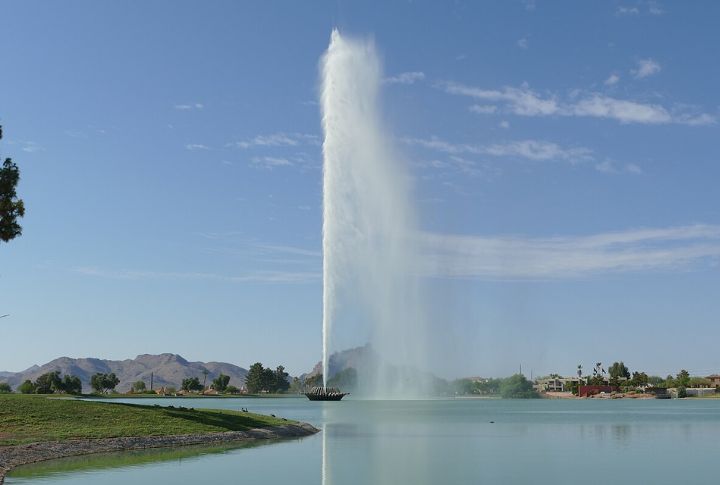
Powered by three 600-horsepower pumps, this desert fountain can shoot water up to 560 feet high. It runs for 15 minutes each hour, with one pump reaching 300 feet. Since its construction in 1970, it has remained one of the tallest fountains in the world.
Dakota Thunder, Jamestown, North Dakota
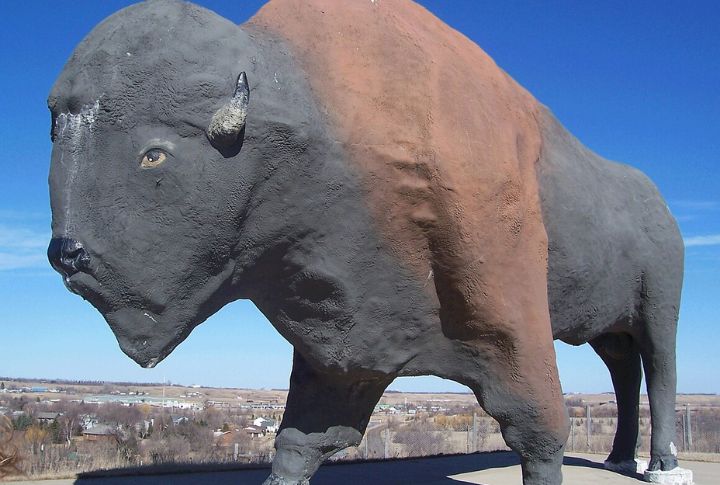
Standing 26 feet tall and 46 feet long, this concrete bison weighs around 60 tons and has watched over Jamestown since 1959. Known as Dakota Thunder, it’s one of the largest roadside animals in the U.S. A nearby live herd—including rare albino bison—adds even more character to the site.
Empire State Building, New York City, New York
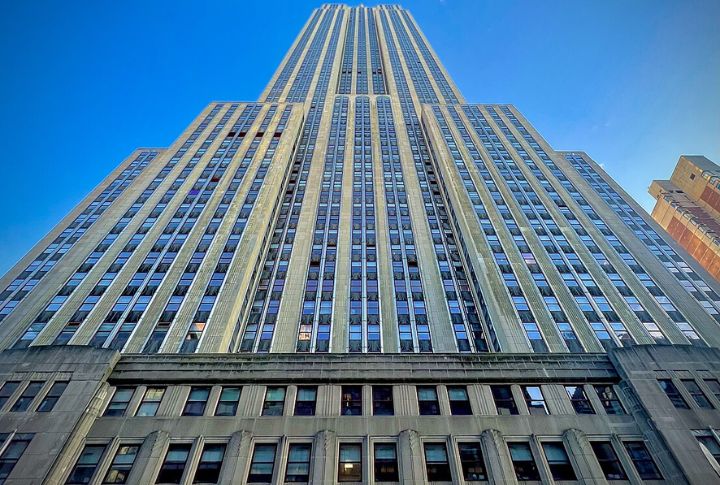
The Empire State Building, completed in 1931, defines the New York skyline with its 102 stories. Visitors can reach the 86th-floor observatory in under a minute via elevators. This Art Deco marvel has appeared in over 250 films, and on clear days, you can see five states from the top.

